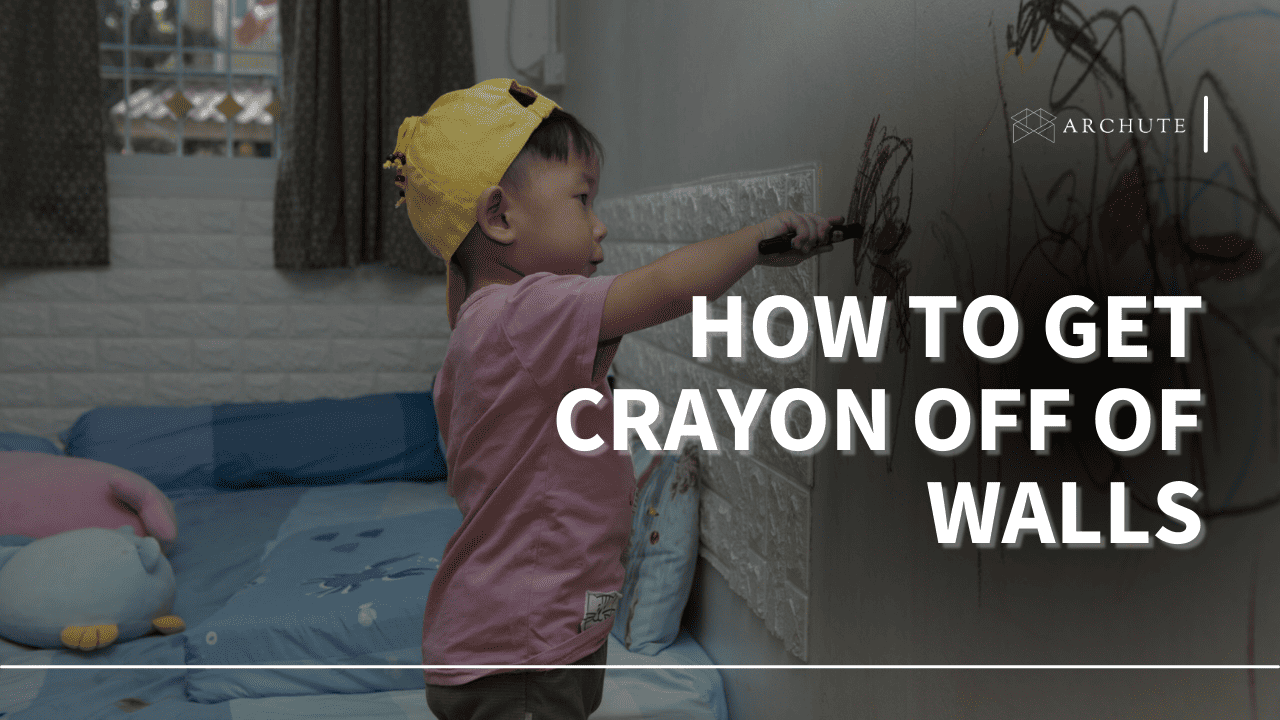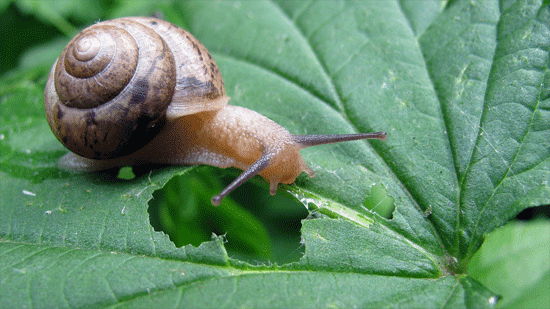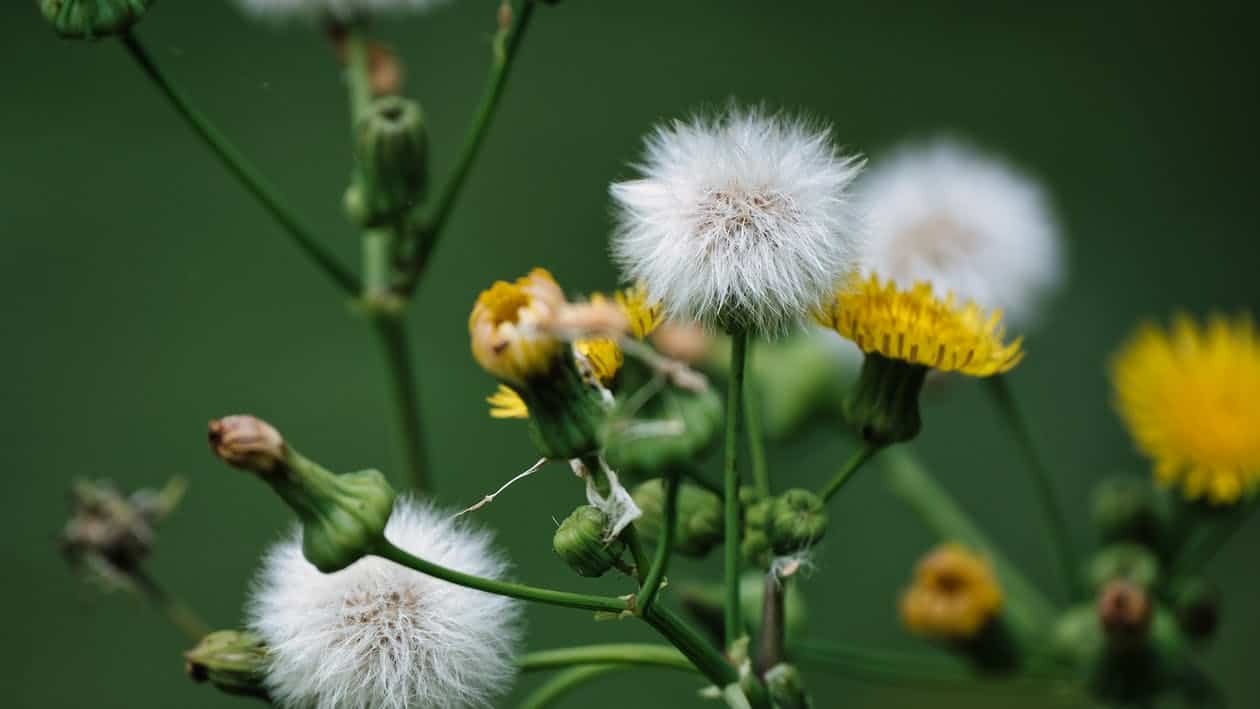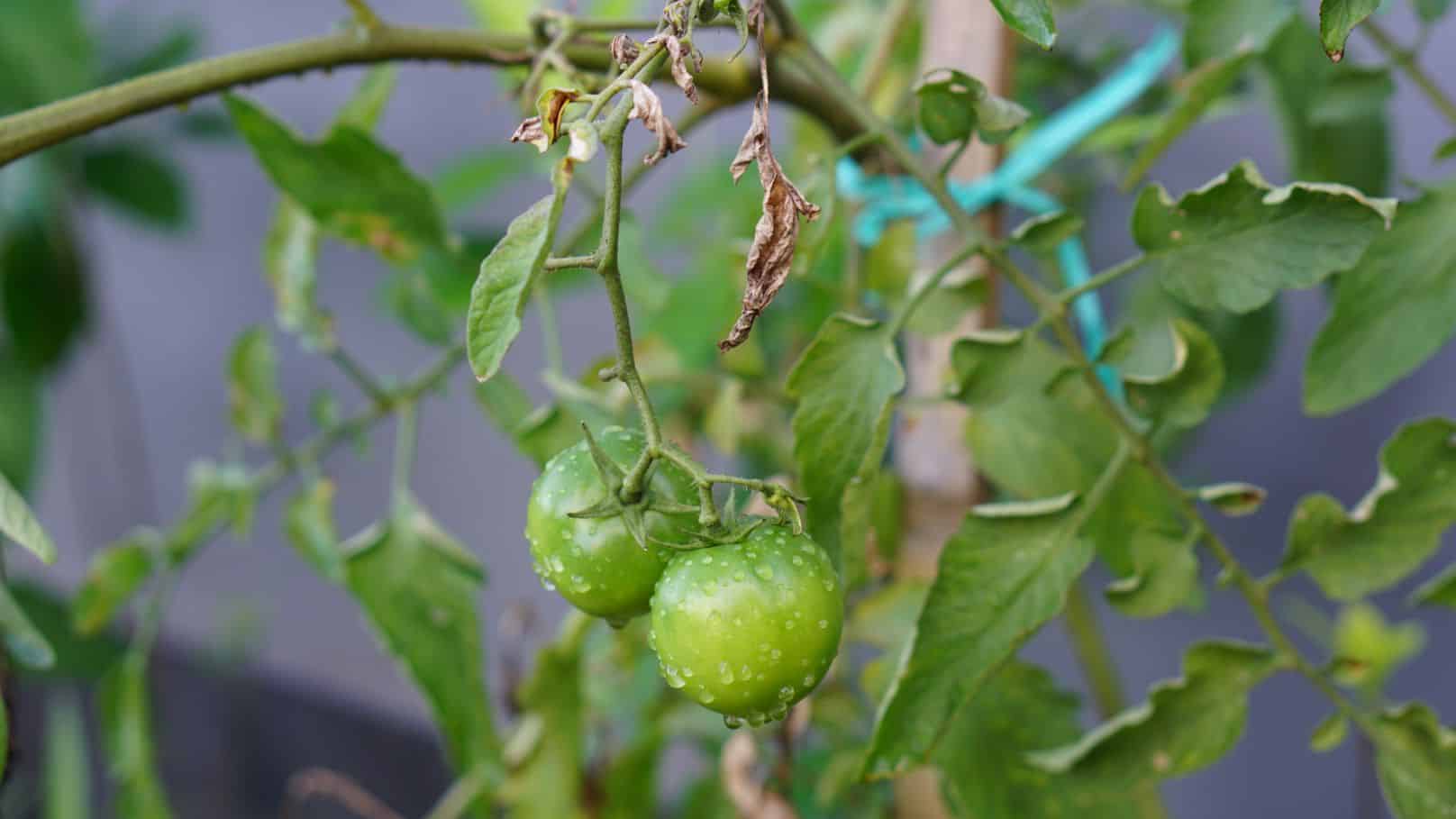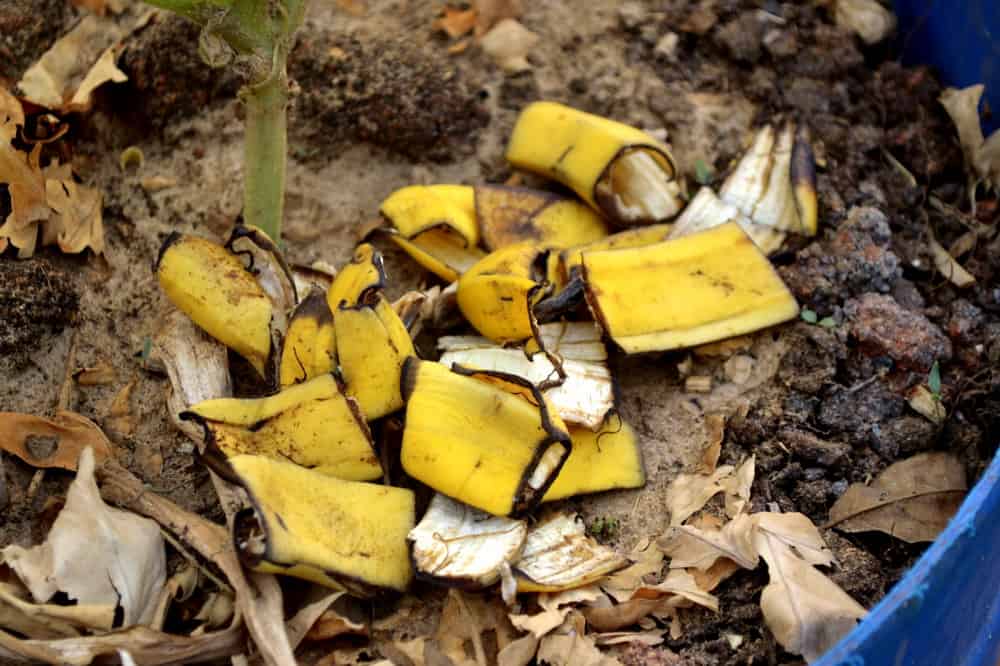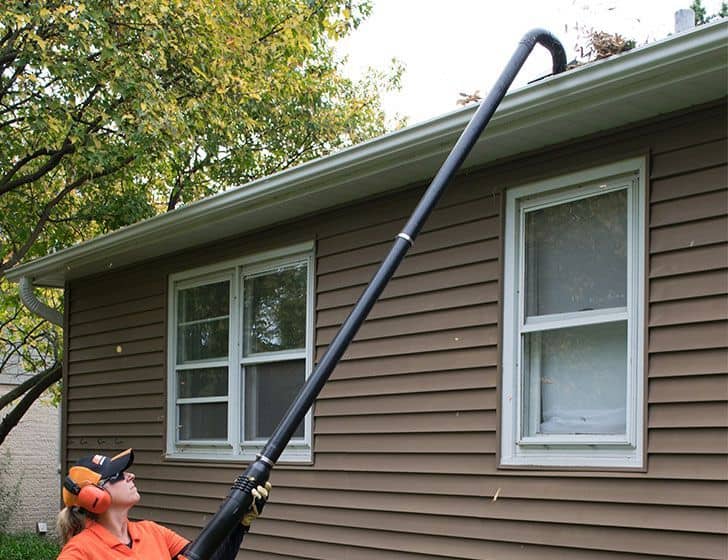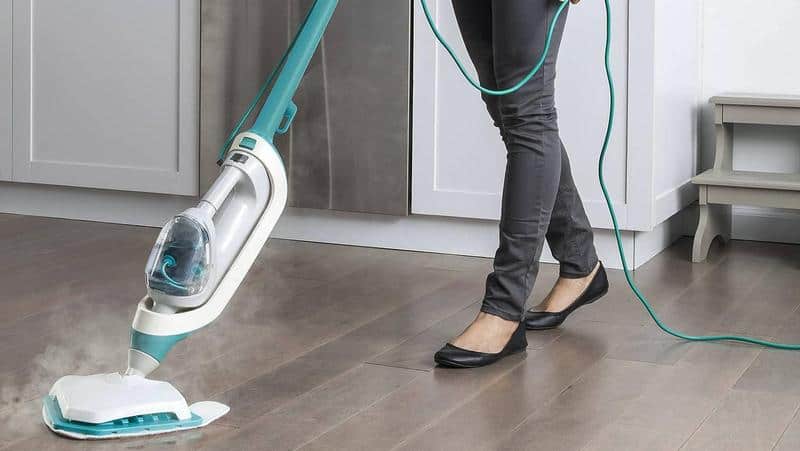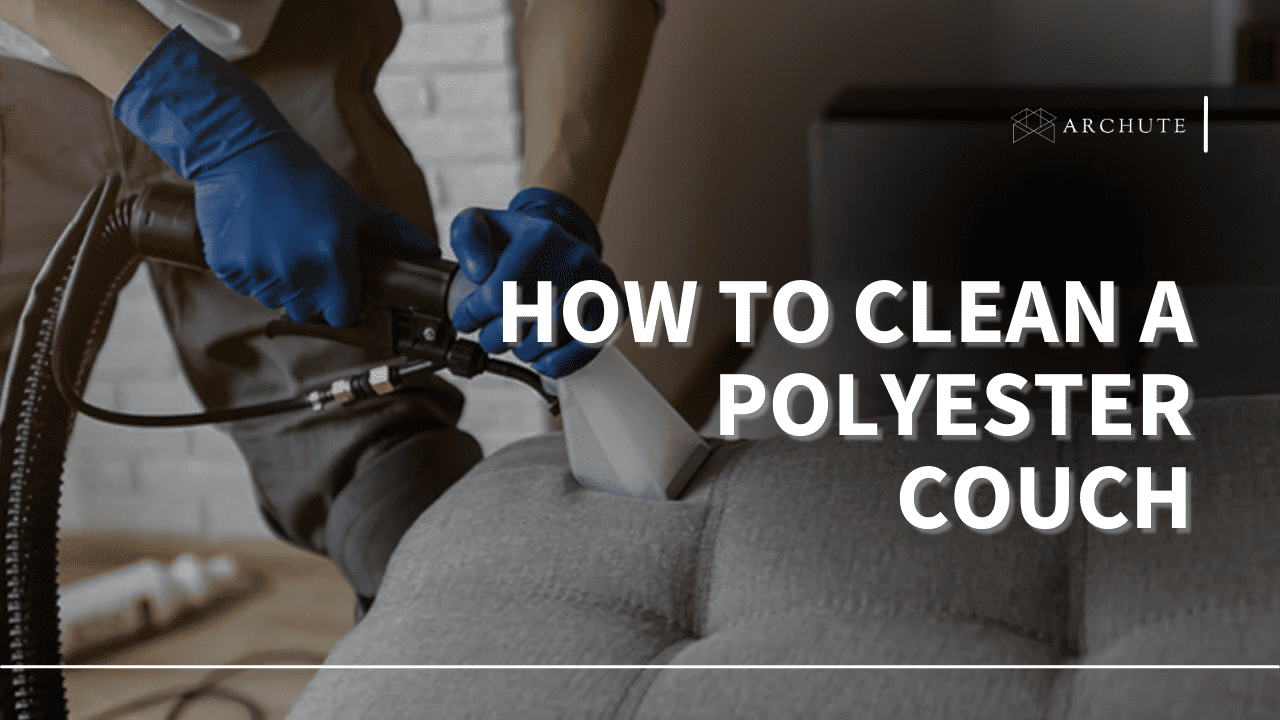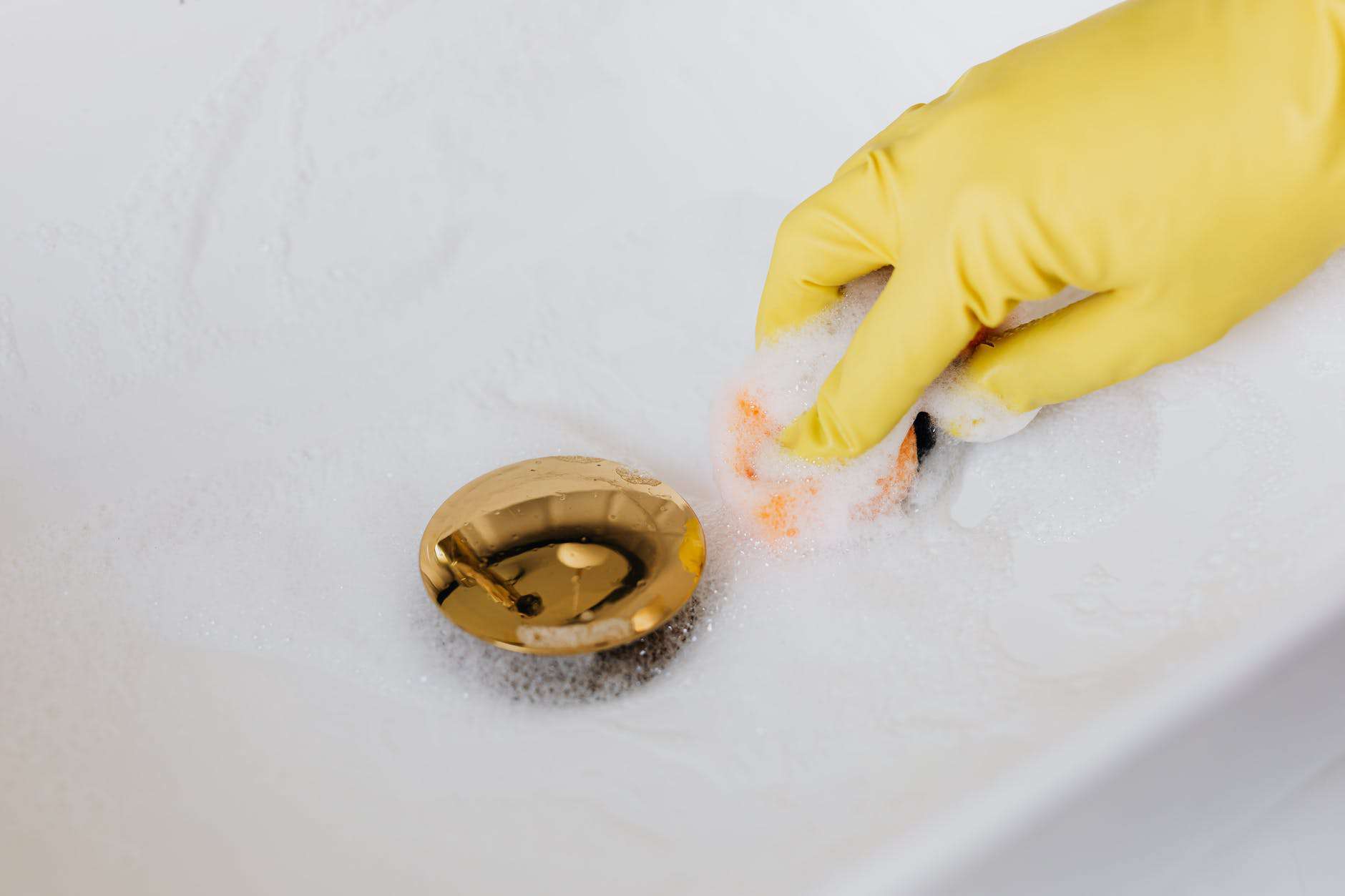Removing crayon marks on the wall is often a problem that many parents and property owners face regularly. Although erasing these bright stains may seem challenging, there are ways and means that can help you regain the pristine appearance of your walls.
In this article, we will look at how we can effectively eradicate crayon stains on walls using various techniques. This article will provide you simple instructions on how to remove crayon marks from your walls and get your home back to its former glory.
Let’s get started!
Preparing For The Removal Process
1. Gather The Necessary Supplies

Image credit: cleanhousemaster.com
To tackle crayon marks, gather the following items:
- Plastic scraper or credit card.
- Soft-bristle brush (optional).
- Cleaning gloves (optional).
- Hairdryer (optional).
- Non-gel toothpaste.
- Clean white cloth.
- Rubbing Alcohol.
- Mild dish soap.
- Warm water.
- Baking soda.
- Soft sponge.
- Vinegar.
2. Test The Cleaning Method
As a summer cleaning tip, it is advisable to test it on a small and least noticeable area of the wall. This step is important to avoid any discoloration, paint damage or any other adverse interaction with the material of the wall. Rub a small amount of the cleaning solution on the affected area and wait for a few minutes to see the effect. If there are no negative outcomes on the horizon, go for it.
3. Protect The Surrounding Area

Image credit: paintenancemelbourne.com.au
Some crayons are sticky, therefore shielding the area around from possible spills is recommended. Spread a drop material or old newspapers on the floor and shift or cover any furniture in the vicinity of the damaged wall. This precaution shall ensure that your items do not get damaged in the process in case of any mishap.
4. Ventilate The Area
There are times when certain cleaning agents may produce foul smells or what can be referred to as fumes. Ventilate the room by opening windows or using fans to increase air circulation within the room. To ensure that there is no discomfort from the cleaning process, proper ventilation should be observed.
5. Read The Manufacturer’s Instructions
If you are using a specific commercial cleaning product meant for crayon mark removal, ensure that you adhere to all the guidelines provided by the manufacturers. Read the application guidelines, safety measures, and the suitable surfaces for the application. Different wall types require different kinds of products; therefore, it is vital to make the right selection.
Simple Home Remedies For Removing Crayon Marks From Walls
1. Toothpaste Technique

Image credit: thespruce.com
It is also important to note that non-gel toothpaste is very effective in the removal of crayon marks from the walls. Rub a small amount of toothpaste onto the crayon marks. Take a soft fabric or sponge and apply the toothpaste in vertical strokes on the effects.
The mildly gritty nature of the toothpaste aids in scraping off the wax while the detergents assist in washing off the stain. Carry on the process until the crayon marks begin to disappear. Remove any remaining marks with a damp cloth and look at the wall to make sure all the crayon has been removed.
2. Baking Soda Paste
Sodium bicarbonate, also known as baking soda is believed to be widely effective in cleaning commodities. Prepare a thick paste of water and baking soda. Rub the paste on the crayon marks on the wall and wait for a few minutes for it to take effect.
The baking soda will help dissolve the wax and soften the stain. Wash the area with a soft circular motion of a sponge or cloth without applying much pressure. Wash the wall with warm water and make sure there is no trace of baking soda on the wall. Wipe the wall with a clean cloth to remove the moisture.
3. Dish Soap And Warm Water

Image credit: carecleaning.com
One can use warm water and dish soap which would be effective in removing crayon marks especially in the morning. Pour a few drops of dish soap into a bucket or basin half filled with warm water. Stir the solution vigorously so that it forms suds on the surface. Take a sponge or fabric soaked in the soapy water and begin wiping the crayon marks in circular motion. Light pressure should be used in order to not scratch the paint. Finally, wash the wall with clean water to wash off the soap then polish it using a soft cloth.
4. Vinegar Solution
Vinegar is an all-purpose cleaner that can easily dissolve crayon wax and eliminate stains. First, prepare a solution of white vinegar and warm water in a 1:1 ratio. Take a sponge or a piece of fabric and immerse it in the solution before wiping over the crayon markings on the wall. The fact that vinegar is acidic is instrumental in breaking the wax and lifting the stain. Remove any vinegar smell and residue from the separator by rinsing it with clean water. Finally, wipe the wall dry with an absorbent material such as a cloth.
5. Heat Method

painter drying sample color swatches of color for a customer with a hair dryer. rr
Image credit: istockphoto.com
Using heat can be an effective method in the process of erasing crayon marks while cleaning a new house. You can use heat gun or hairdryer on low setting. Take the hairdryer or the heat gun and maintain the crayon marks at a distance of few inches and then blowing warm air over them.
The heat will melt the crayon wax and hence it will be easier to wipe out from the container. It is advisable to wear gloves and use a paper towel or clean fabric to gently rub the liquefied wax off the wall. While washing the crayon marks off, ensure that you do not overheat the area as it may cause damage on the paint. Check the temperature and rest when necessary.
6. Baby Oil Or Cooking Oil
Another successful home remedy includes removing crayon wax with the help of baby or cooking oil. Take some oil on a piece of microfiber cloth and then gently scrub the crayon marks off the wall. The oil softens the wax for it can be scraped off easily. Each time you are working on the crayon marks, make sure you use a different part of the cloth in order not to spread the wax around. After this, use a clean cloth soaked in warm water and some soap to clean the areas to eliminate any remaining oil.

Image credit: happymoneysaver.com
7. Plastic Scraper Or Credit Card
For the more difficult crayon stains, you may use a hard thin plastic scraper or a credit card. This method should only be used if the wall surface that you are going to treat is strong enough to undergo slight scraping. Lightly peel the crayon marks on the painted walls using the edge of a plastic scraper or a credit card downwards. Do not press down too hard or use an implement that might scratch the image into the paper. When most of the crayon is gone, use one of the above techniques to remove any leftover marks.
8. Mayonnaise
Mayonnaise is also known to be a great crayon remover that is very gentle on the surface. Rub a small amount of mayonnaise on the crayon stains and leave it to set for several minutes. Then, wash the mayonnaise into the spots with a soft cloth or sponge. The oils in the mayonnaise enable it to dissolve the wax so that it can be easily wiped off. Wipe off any residue with a damp fabric and let the wall dry.
9. Pencil Eraser

Image credit: pinterest.com
A pencil eraser should be useful in eliminating minor crayon marks. Rub the eraser over the marks lightly. The friction of the eraser assists in raising the crayon off the wall. It is also possible to damp the eraser with water if this will help to achieve a better outcome. After erasing, clean the surface with another piece of cloth or sponge to remove any marks.
Specialized Cleaning Solutions For Removing Crayon Marks From Walls
If simple home remedies do not work properly to eliminate crayon marks from walls, then, there are commercial cleaners for this purpose. Here are some specialized cleaning solutions and techniques you can employ to restore your walls to their original state:
1. Rubbing Alcohol
Using rubbing alcohol is another method that can help to remove crayons off the walls. Take a piece of cloth and wet it with rubbing alcohol and then gently rub on the crayon marks. Alcohol aids in softening the wax so that the stain can be easily wiped off. Do not scrub too hard since it may harm the paint on the surface. If the crayon marks are removed, then wash the wall with water and use a clean cloth to wipe the wall.

Image credit: dengarden.com
2. Goo Gone
Goo Gone is a product that is used in the commercial market to eliminate sticky substances and stains such as those caused by crayons. Take a small amount of Goo Gone and a clean cloth or sponge and wipe the crayon marks gently. It will further assist in softening the wax for easy removal by just wiping. Make sure to read the directions on the labeling and apply it on the walls in an inconspicuous region initially.

Image credit: tasteofhome.com
3. Magic Eraser
A clean magic eraser can effectively clean a number of areas such as crayon marks from painted walls. These melamine foam sponges have a very soft abrasiveness similar to sandpaper which helps in wiping off the stains without harming the paint work. For this, you need to damp the magic eraser with water and clean the crayon marks in circular motions. As the crayon wax gets on the eraser, wash it often to avoid rubbing it back onto the wall. After the spots are washed, wash the wall with clean water and wipe it with a soft damp cloth.

Image credit: grist.org
4. Acetone/Nail Polish Remover
Crayons can be removed from the walls with acetone, popularly referred to as nail polish remover. Dip a piece of clean cloth or a cotton pad in a small amount of acetone and rub the marks lightly with it. It is also important to bear in mind that acetone may be an issue on certain paints or finishes. Try it on a small area of your skin first and remember to apply just a little at a time. Wash the wall with warm water after that to remove any debris from the wall.

Image credit: homestratosphere.com
5. WD-40
Crayon marks are like any other stains that could easily be removed using WD-40, which is famous for its flexibility in removing stubborn stains. Pour a little WD-40 onto a cloth or a sponge and then scrub it lightly over the crayon marks. The lubricating properties of WD-40 help dissolve the wax and allow it to be wiped off easily. Rinse the affected area with a clean cloth after that to help eliminate any leftover debris.

Image credit: wd40.com
6. Repainting
In some cases, repainting is needed, for example, when crayon marks are set deeply or if the surface of the wall is porous. Choose a colour of paint that is close to that of the wall and paint the patched area gently. The new paint should be mixed with the existing color in the environment for better blending. However, it is critical to allow the paint to dry before concluding that the painting project is done.
Remember: When selecting the cleaning product to use, ensure it is appropriate for the wall type and the paint finish. It is recommended to apply it in a hidden area to check compatibility and possibility of damage on the wall.
Frequently Asked Questions On How To Get Crayon Off Of Walls
A) Are Crayon Stains Permanent?
Crayon stains can be rather rough, but whether they are mostly permanent or not depends on the surface to which the crayon was applied. When crayons are applied to porous surfaces like papers or fabrics, the color sticks to the surface and is not easy to remove completely especially if the stains are not treated immediately. That is why crayon marks on non-porous surfaces such as glass, metal or plastic are easier to wipe off using a range of cleaning solutions or solvents.
B) Can You Paint Over The Crayons On The Walls?
Yes, it is possible to paint over crayon marks on walls but it calls for some measures to be taken before doing so. First, wash the wall with warm water and a mild detergent to ensure there is no dirt or grease on the wall. Next, apply a stain-blocking primer using a sponge or a cloth.
It is advisable to let the primer dry before continuing with the next step. Once the primer is dry, one should use a good quality matching wall colour paint and apply it over the crayon marks. Application of the marks may require several layers depending on the extent to which they are impressed into the wall and the surface roughness of the wall.
Conclusion
If gentle home treatment is ineffective, specialized cleaners may offer the strength needed to eliminate crayon marks on the wall. Crayon marks can be removed using plain dish soap and warm water or vinegar solution, rubbing alcohol, magic erasers or commercial cleaning products. Thus, if you carefully read the instructions and remember about incompatibility of some cleaning solutions with the walls, you will be able to clean the walls and make them look like new.

